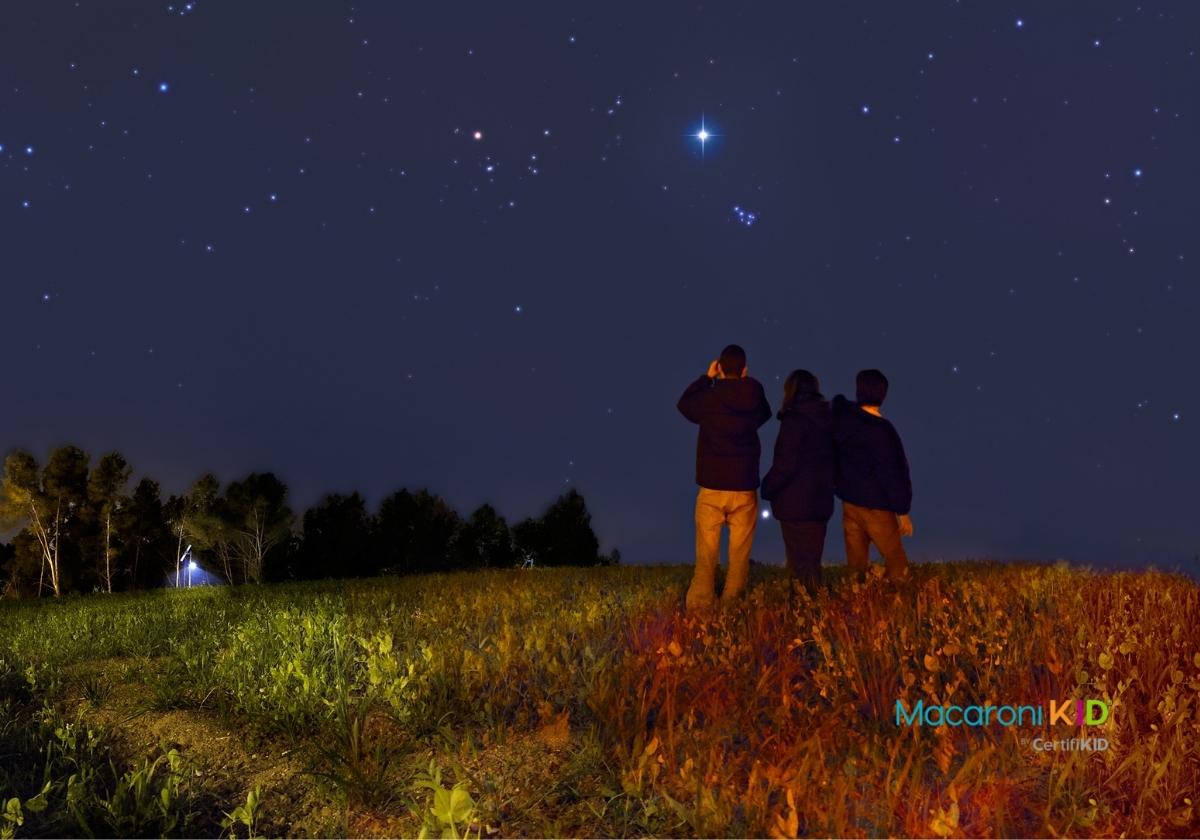One of my favorite memories of growing up on a farm in Wisconsin was the view of the night sky. We could see so many stars away from city lights. Every so often we would get lucky enough to see a shooting star.
Now we live close to town and it's harder to see what's up there after dark. But this time of year is always an exception because of the Perseid meteor shower!
The Perseids can be seen every year from mid-July through late-August. Typically, the Perseid meteor shower peaks around August 13, making the weekend of Aug 12-13, 2023, the best time to try to see the show!
Fun facts about the Perseid meteor showers
If you have curious kids like mine, they'll want to know exactly what they're looking at and will have a lot of questions. Impress your kids with your vast knowledge of the universe with these five fun facts from Astronomy.com:
- The Perseids are caused by a giant comet 109P/Swift-Tuttle, which left a wide stream of debris in its wake. Earth is passing through that debris. But don't worry – they're small pieces, each about the size of a grain of sand, so they won't hurt us.
- Mid-August is the peak of the Perseids because we will be passing through the densest portion of the debris.
- We see the "shooting stars" (that aren't really stars) when the tiny pieces of dirt and dust hit our atmosphere at a high speed and make a flash of light when they burn up.
- During most nights of the Perseids, you might be lucky enough to see a dozen or two meteors an hour. But during the peak nights, you can expect to see 50-70 per hour, depending on how dark it is around you!
- It's called the Perseid meteor shower because the meteors look like they are coming from the constellation Perseus.
 photocluster via Canva |
How to see the free show
Where do you look for these little falling balls of light? Just look up! There's not one particular direction to look, but east right before sunrise when the moon is low in the sky will give you the best luck.
The really cool part is you don't need special equipment to see the Perseid meteor showers. In fact, it's easier to view it with your naked eye than through the limited lens of a telescope or binoculars.
Bonus: Venus, Mars, Jupiter, and Saturn can all be seen during August. You can read more about spotting them at www.astronomy.com.
The best way to view the Perseids is when the sky is clear and dark and you're away from a lot of light. So head out of town. Grab a blanket (lying down gives you the widest view of the sky), jackets, and snacks, then find a safe place to watch and have a blast making memories with your kids.
Want to know more? You can find out more about the Perseid meteor shower and all kinds of other cool things about space at spaceweather.com, www.space.com, and www.astronomy.com.
SEARCH OUR CALENDAR HERE SUBMIT AN EVENT HERE SUBSCRIBE TO OUR NEWSLETTER SHARE ON FACEBOOK
Are you interested in member-only giveaways, events, and discounts? Did you know that we host FREE events just for subscribers, have a MacKid Birthday Club sponsored by amazing local businesses, provide treats and goodies to PTA's and non-profit causes our subscribers are involved in, and more? Make sure that you are a free member to get inbox exclusive information!
Denton+ Macaroni KID® is a FREE hyperlocal publication for kids, parents, and caregivers. We have giveaways, kid-friendly crafts, reviews, tips and tricks, member-only discounts and much more. Thousands of members love us because we do the legwork for busy families by finding TONS of free and very low-cost events and activities for the whole family - each and every week.
Proudly published by a local dad for families in Denton+, we are your #1 Resource for Local Family Fun! We proudly cover family-friendly businesses and activities around - Denton, Corinth, Ponder, Stony, Dalton, Drop, DISH, Justin, Propwash Airport, Lake Dallas, Jagoe and more.


